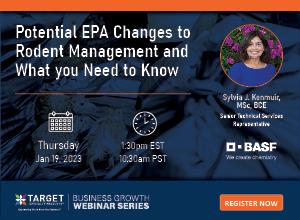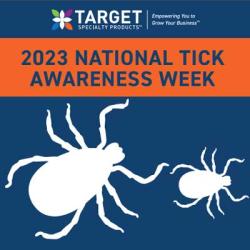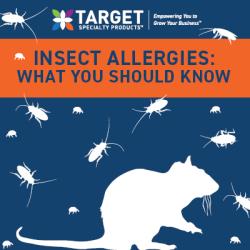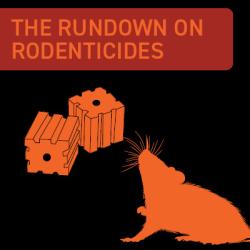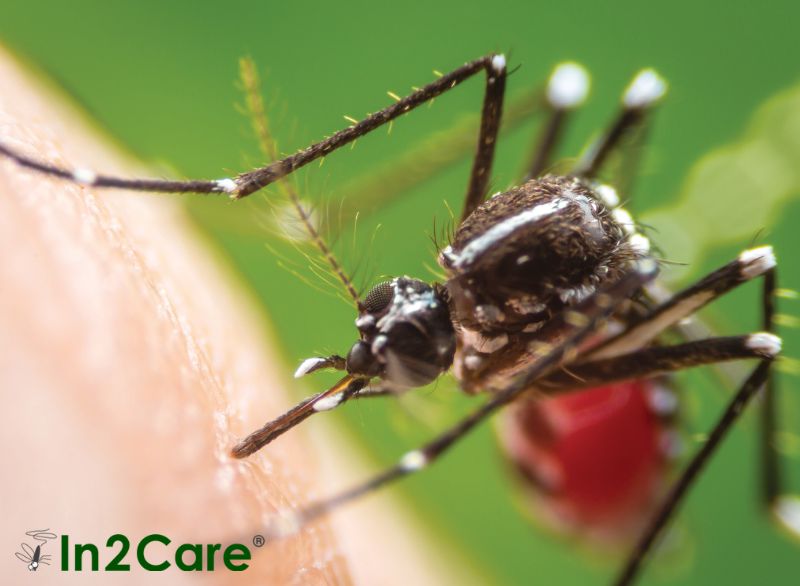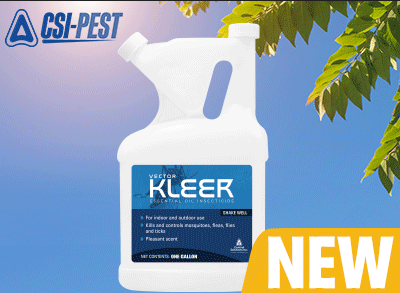What you need to know about Termite Bait Systems
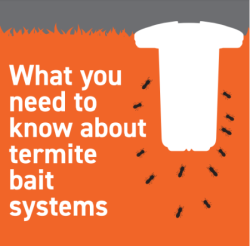
Termites can wreak havoc on any household or business, leaving behind unsightly and costly damage. Our customers know that treating infestations in a timely manner is key to preventing further damage. That's why professionals should know when, where, and how to use effective termite management treatments. To get started, let's talk about termite bait systems, a popular solution in the pest control industry.
Termite bait stations vs. liquid treatment
There is an ongoing debate in the pest control community over which treatment is more effective. Both methods deliver results but this blog will review some of the benefits of utilizing bait stations. One of the best times to use termite bait systems is when liquid termiticides are prohibited, such as near water sources that could easily become contaminated. Many professionals will agree that it's usually easier to install termite baits than it is to apply liquid soil treatment. Bait formulations take advantage of the termite's foraging behavior and introduce termiticide in smaller amounts that are strategically placed around the property. This treatment option has low environmental impact and offers minimal disruption to the lawn and landscape. Conversely, liquid treatments can be more invasive and usually require drilling into a home's foundation. Bait stations offer a targeted and strategic approach, ultimately resulting in complete elimination of the termite colony.
Where should termite bait systems be installed?
Termite bait systems can be used around residential homes and commercial buildings. They should be installed along the entire perimeter of the structure. The most common bait stations are installed in the soil, although some infestations may call for above-ground or indoor baiting.
How do you install a termite bait station?
To install a bait station, bore holes into the ground that will accommodate the size of each station. Bait stations should be inserted into the holes, making sure the cover is flush with the soil surface. The recommended placement for each bait station is 1-2 feet from the foundation. This will avoid soil that may have been previously treated with another termiticide. Stations should be placed no more than 20 feet apart where the soil is accessible. Be sure to follow all specific station placement requirements listed on the product's label. You will also find helpful information on the product manufacturer's website regarding what to do if the soil is not accessible for station placement and concrete drilling requirements. If access to the structure is disrupted by paved surfaces, stations may also be installed through driveways or patios. Due to potential obstacles found with concrete drilling (drilling can potentially damage electrical conduits), please refer to the bait station label prior to drilling.
Once the bait stations are installed, it is time to supply them with bait. Termites cannot see or smell the baits, they simply run into them during their regular foraging activities. Once they consume bait, they will "mark" the site as a viable food source by using pheromones. This will encourage other members of their colony to forage on the bait. Although most stations are placed around the perimeter of the structure, additional stations can be placed in known areas of termite activity to increase the efficacy of the treatment.
Safe handling of termite bait traps
Safety should be the primary concern for any pest control professional. While the termite bait system is a responsible solution, it is still important to follow proper safe handling protocols. Safety gloves and goggles should be worn at all times during installation to prevent debris and dirt from causing injury. The bait used in these traps is not toxic to humans or animals but is extremely lethal to termites.
Effective termite control with termite bait systems
Termite bait systems are one of the most effective tools for managing infestations. However, it is important to keep in mind that these systems are stand-alone treatments, and should be accompanied by regular monitoring and inspections to ensure that the treatment was successful.
Browse our complete line of termite bait stations or contact our sales representatives for more information.
To learn more about termites, check out some of our other articles:


